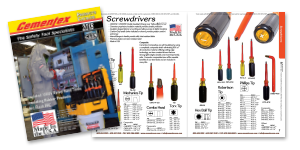How to View a Solar Eclipse
Do NOT use Arc Flash Hoods or Shields !!!
Be sure to prepare for the August 21, 2017 solar eclipse: use these tips and techniques to get a clear view without injuring your eyes.
This is probably the most important part of this website. If you ever want to view a solar eclipse—whether it’s total, annular, or partial—the first thing you must know is this:
Never view the Sun with the naked eye or by looking through optical devices such as binoculars or telescopes!
This is critical! Why? You may have taken a magnifying glass out into the sun and burned leaves with it. If so, you’ll remember that when sunlight is focused onto a small spot with a lens, it gets hot enough to start a fire. So understand this: you have a lens just like that in your eye. If you look at the Sun, your eye’s lens will concentrate the Sun’s light and focus it onto a very small spot on the back of your eye, on the retina. This literally burns your eye, causing permanent eye damage or blindness. In additional, there are no pain sensors inside your eye—so you won’t even know it’s happening!
If you are now completely terrified about looking at the Sun, good !!! — you may keep reading.
If not, go back and re-read the warning above.
During a total solar eclipse, there are a few short moments when it’s safe to look directly at the Sun. This is the ONLY time: when the moon completely blocks the face of the Sun. Called totality, it lasts from a few seconds to a few minutes. The instant the moon begins to move off the Sun’s face, you must go back to using safe viewing techniques.
Additional Information:
How to photograph:
http://www.popsci.com/how-to-photograph-solar-eclipse-only-guide-you-need#page-2
How to safely view: https://eclipse2017.nasa.gov/safety

